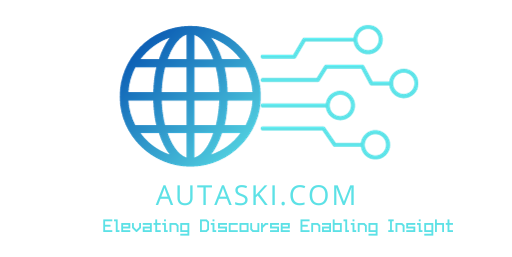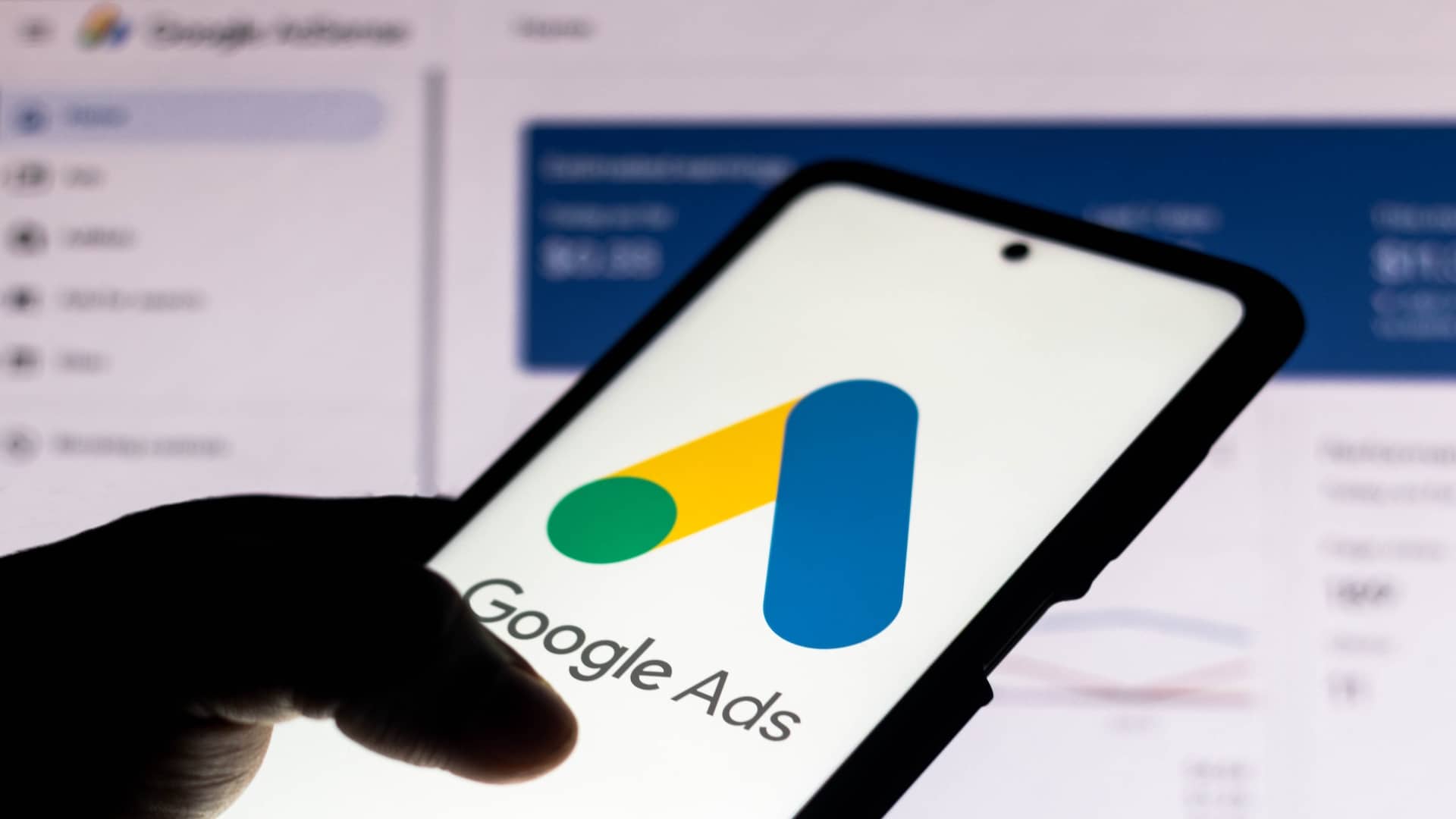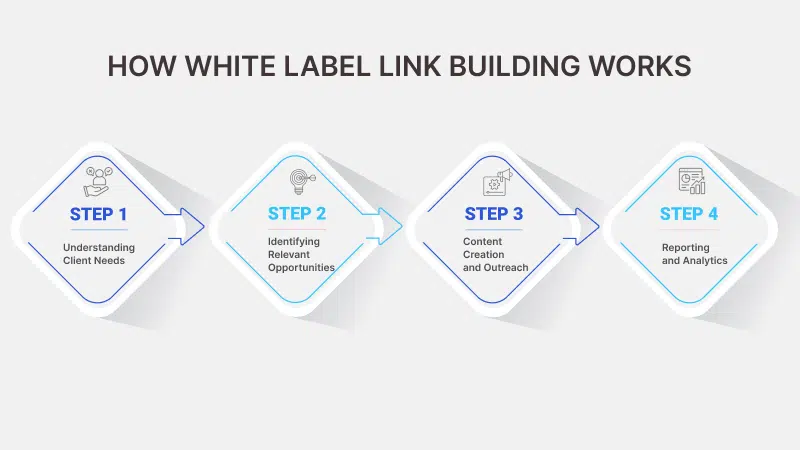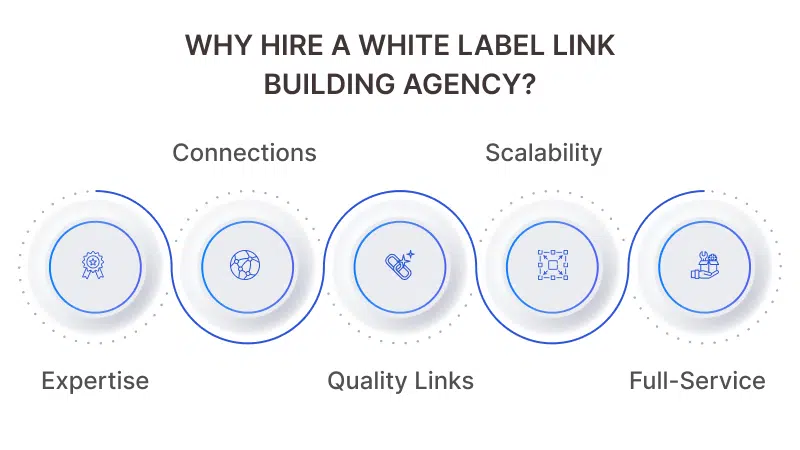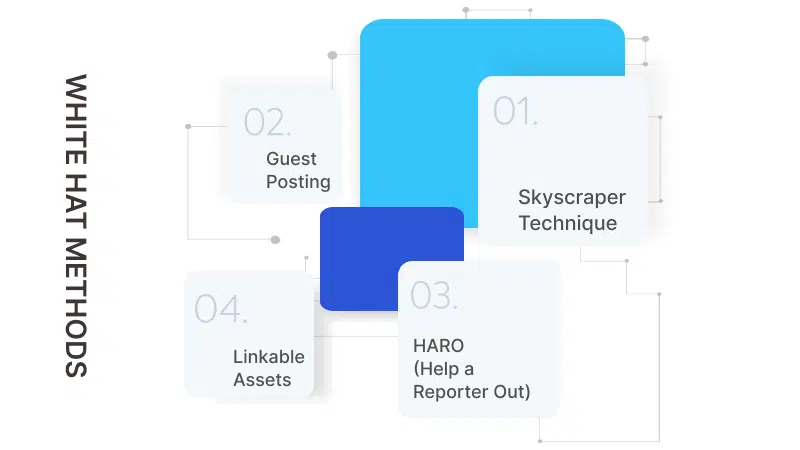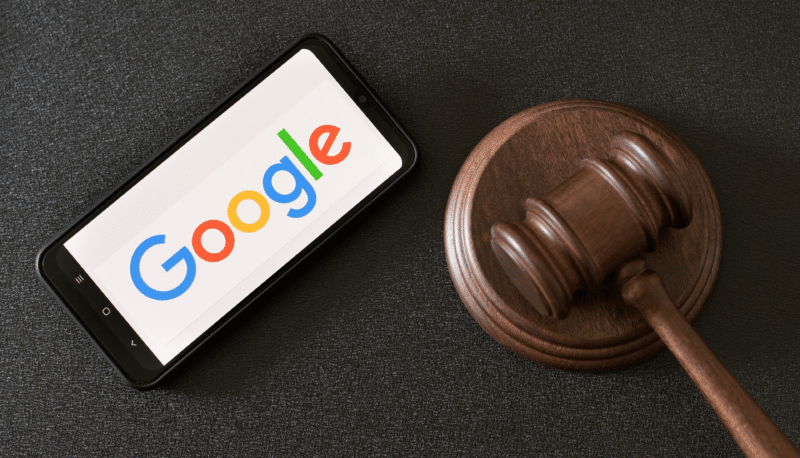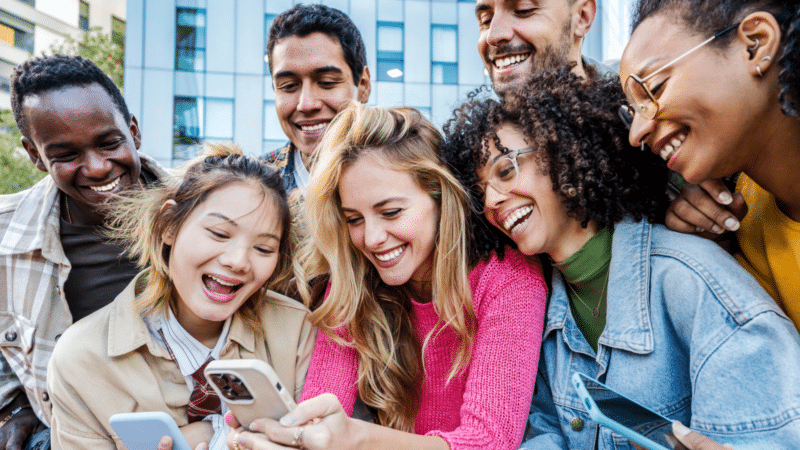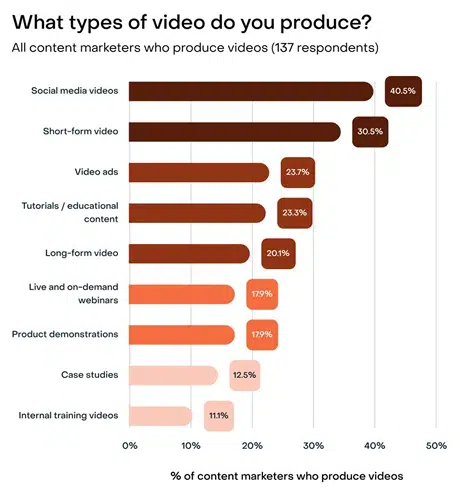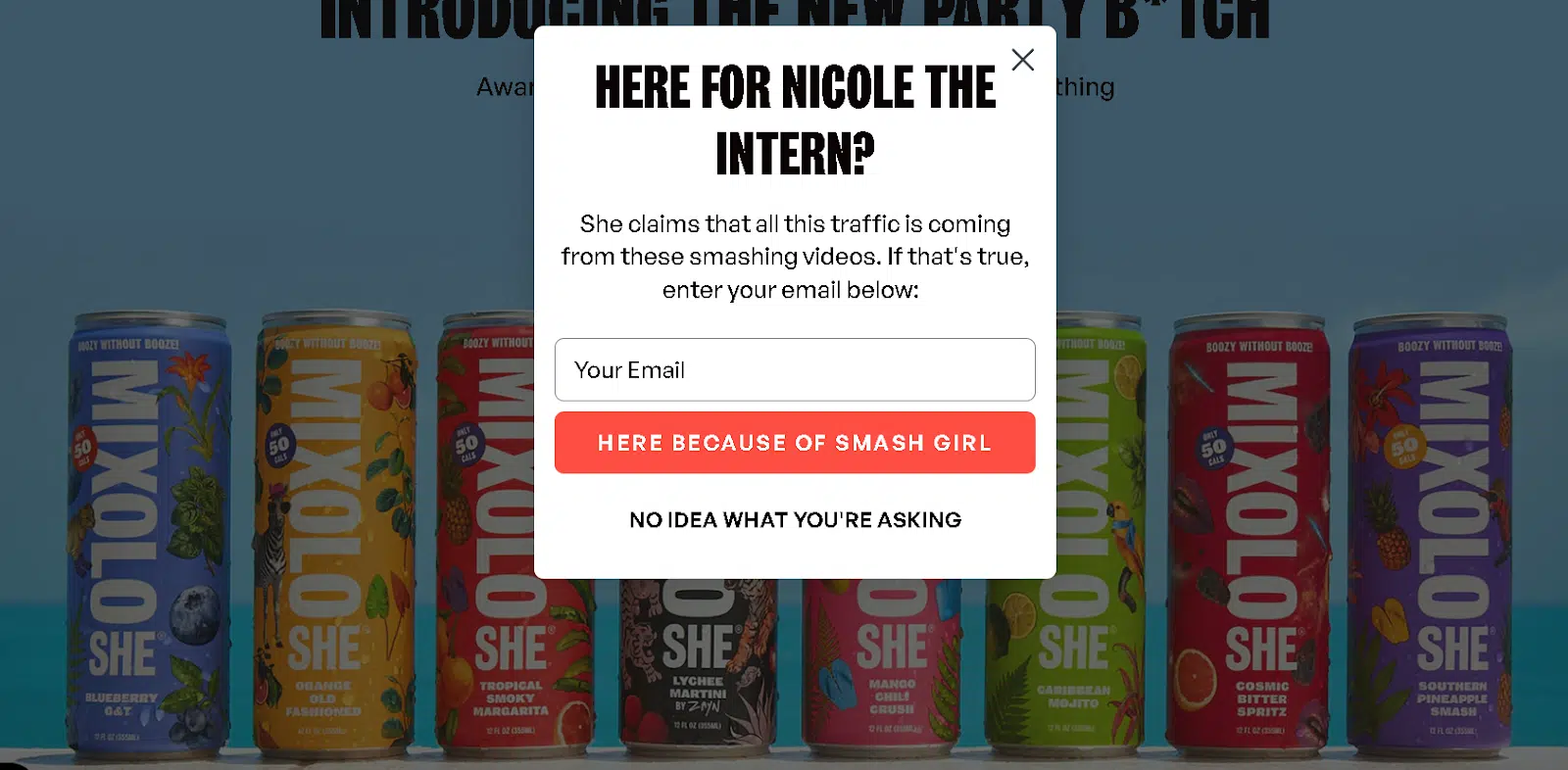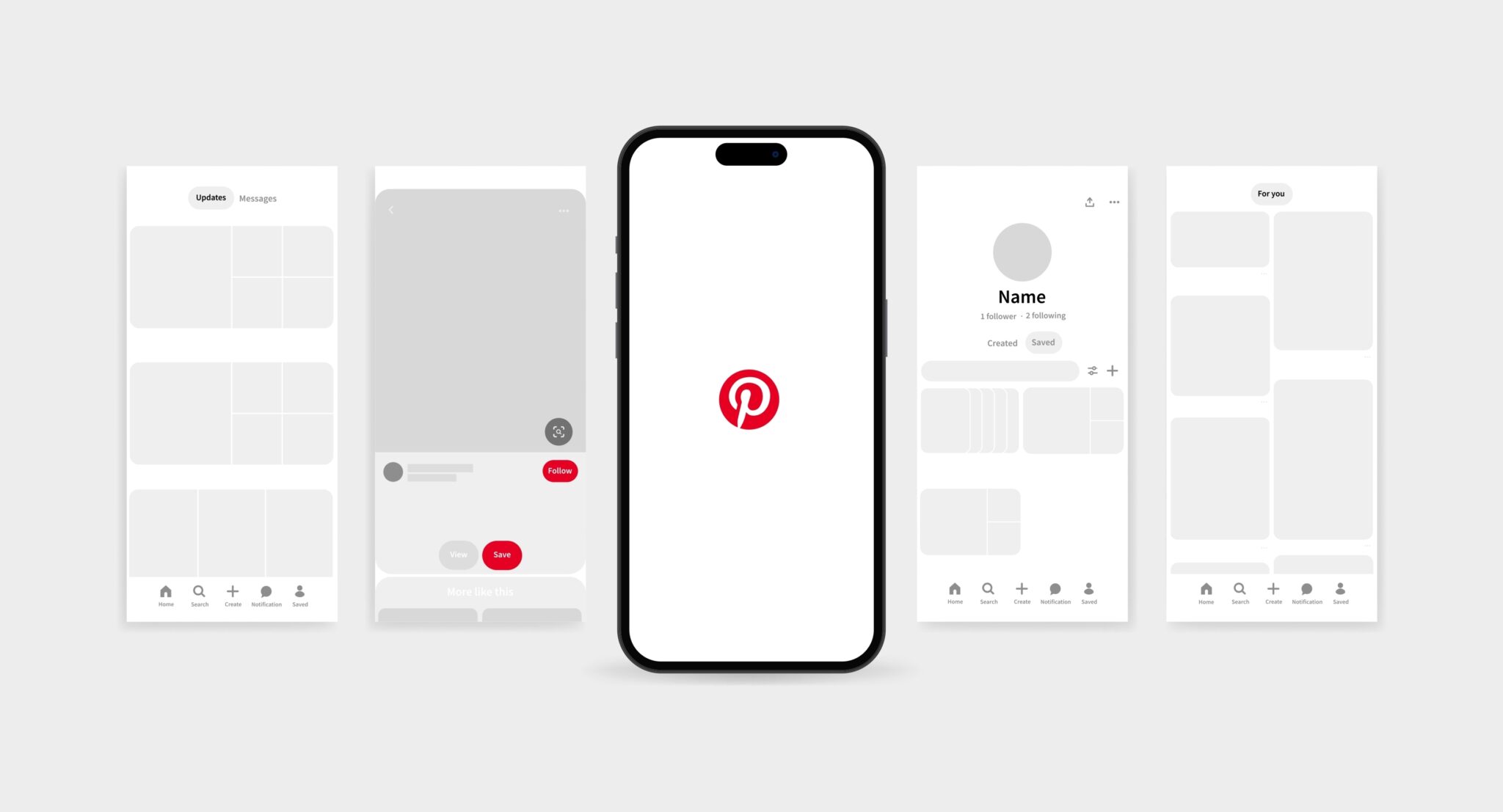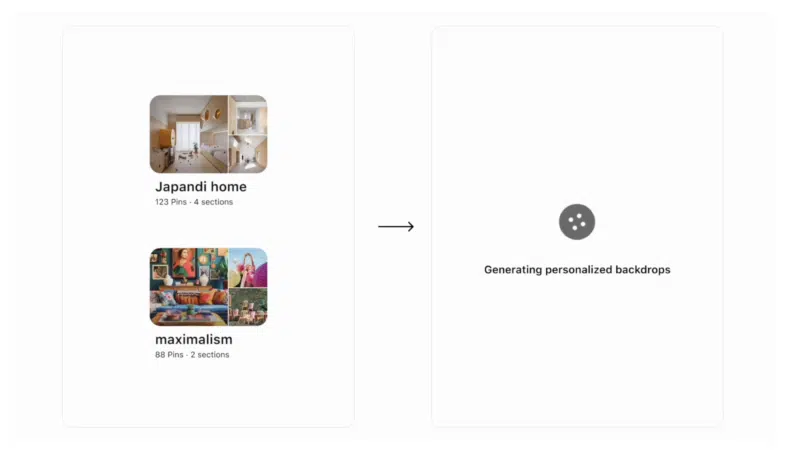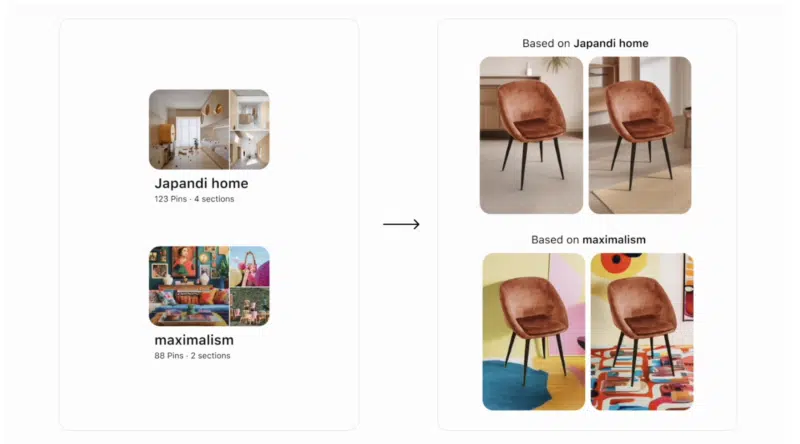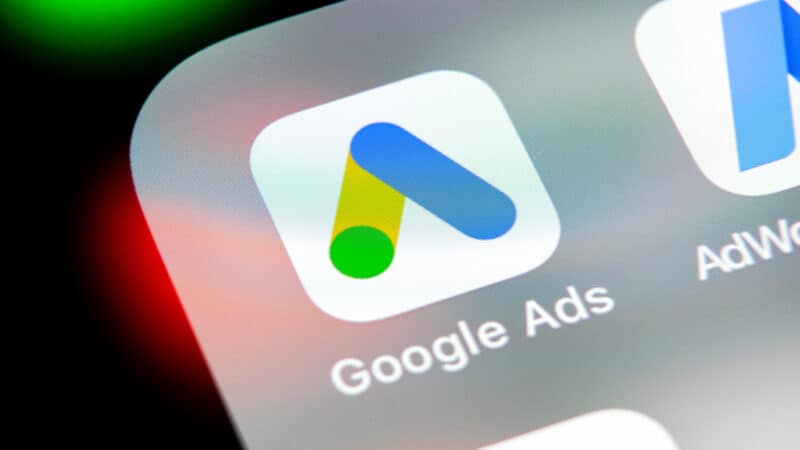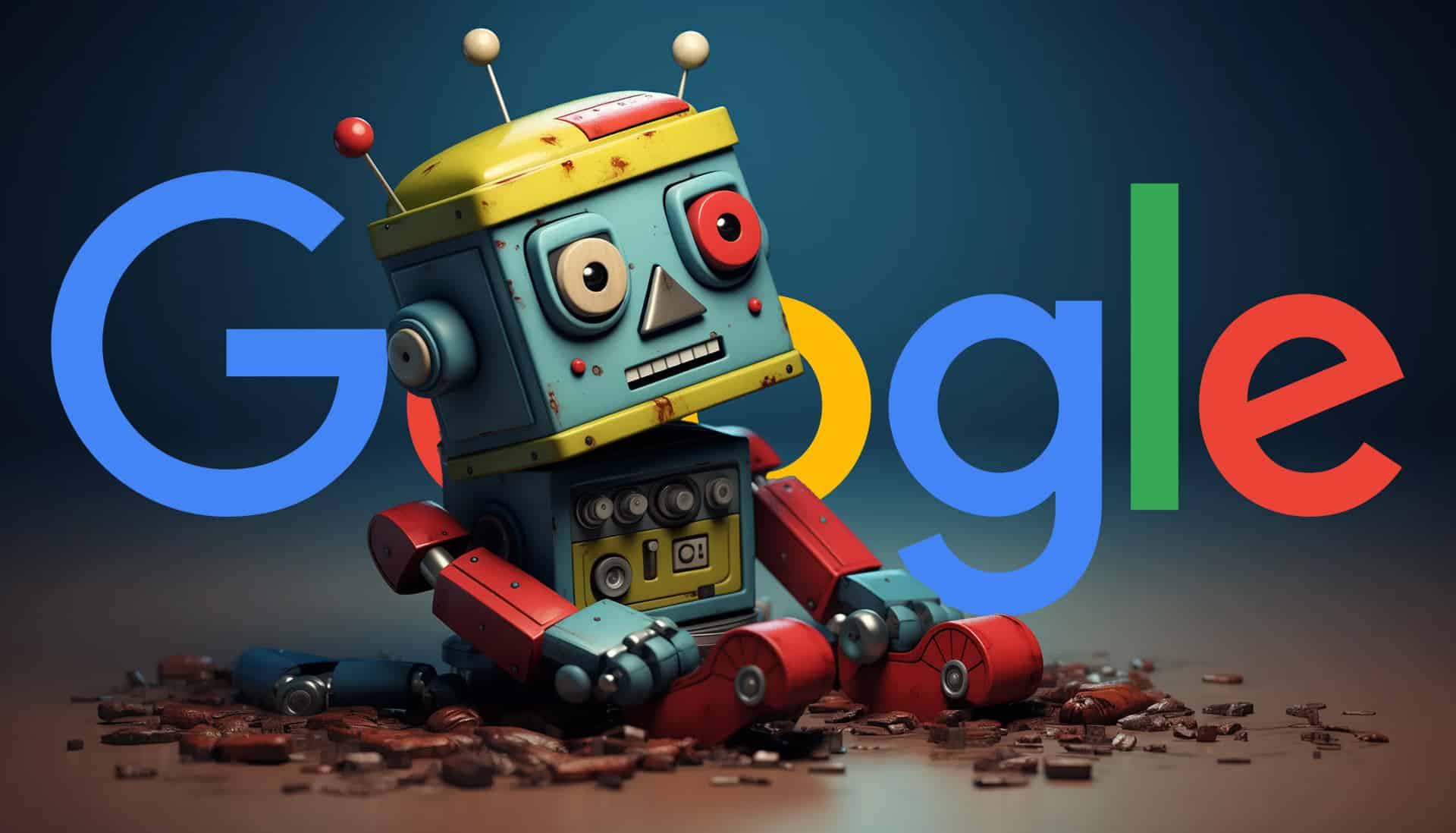Traditional search engines like Google, once the uncontested gatekeepers of online discovery, are now sharing the stage with the likes of TikTok, Instagram and Pinterest. These social platforms are becoming new hubs for information discovery.
This shift, which I call the migration to social search, is largely driven by Gen Z and millennials, who prefer the visual, interactive and community-driven nature of these platforms.
For brands, this means rethinking strategies to meet audiences where they spend time and engage most.
This article tackles the factors fueling social search, from user-generated content (UGC) to the power of authenticity. We’ll also discuss how you can adapt your brand’s marketing approach to thrive in this changing landscape, offering practical insights for leveraging social search effectively.
How social search is redefining online discovery
Social search is a major change from traditional search engines, focusing on social signals, user-generated content and community-driven discovery of information and brands.
Unlike traditional search engines like Google, which use algorithms to index and rank webpages by factors like keywords and backlinks, social search uses data from social platforms to provide more personalized and relevant results while still considering traditional search factors like keywords at times.
Traditional search engines operate by users entering a query and getting a list of results based on the algorithm’s relevance. It can also be a friction-filled experience where publishers and brands are concerned with sending signals to Google instead of focusing on meeting audience needs. This can be frustrating for late millennials and Gen Z, who grew up with social platforms at the forefront of their online experience.
Social platforms, on the other hand, integrate users’ preferences, behaviors and interactions. This means search results are influenced by what the user regularly engages with, leading to a more personalized and dynamic search experience than traditional search.
For example, searching [best restaurants] on Google typically shows results based on online reviews and search rankings.
On social platforms like Instagram or TikTok, the same search emphasizes restaurants that friends, favorite creators and top influencers in their demographic have visited and tagged or are trending within their engaged communities.
Dig deeper: How to leverage social search for effective on-site optimization
The rise of social search among Gen Z and millennials
The move toward social search is led by Gen Z and millennials, who are digital natives and avid social media users. They tend to prefer social platforms’ interactive, visual and community-focused aspects for finding information and making choices.
Platforms like TikTok, Instagram and Pinterest have become essential tools for these audiences. TikTok, for instance, is not just a platform for entertainment but a powerful search tool where users can find everything from cooking recipes to travel tips, all delivered through engaging short-form videos. The hashtag system and algorithm-driven feed ensure that users constantly discover new and relevant content based on their interests and the latest trends.
Instagram, with its visually rich environment, serves as a search engine for lifestyle content. Whether looking for fashion inspiration, home decor ideas or dining options, users rely on the visual content and influencer recommendations that populate their feeds.
Pinterest operates similarly but focuses on idea generation and project planning, making it a go-to for DIY enthusiasts and hobbyists. It has also become a place users turn to when they are ready to buy but seek inspiration, meaning it can be leveraged to gain conversions quickly when other platforms move users through the buyer journeys at a much slower pace.
The preference for these platforms is rooted in their ability to provide instant, visually engaging and socially validated information.
Gen Z and millennials trust recommendations from peers and content creators they follow, influencing their choices of brands and products. This makes social search a powerful tool for discovery and decision-making.
As these generations dominate digital engagement, social search’s influence will grow, compelling brands to adapt their strategies.
Your brand must create content optimized for both traditional search engines and social platforms, leveraging UGC, engaging with communities meaningfully and repurposing content to ensure wide coverage across this emerging search universe.
Factors driving the migration
User-generated content
User-generated content (UGC) is key in enhancing search relevance and engagement on social platforms. Brands like Gymshark have effectively used user-generated content on TikTok and Instagram to create a more engaging and authentic connection with their audience.
By encouraging users to share their own content featuring Gymshark products, the brand amplifies its reach and enriches the pool of content available for search marketing queries.
This user-driven content includes workout routines, progress photos and testimonials, all tagged with the brand’s hashtags and shared widely within the community. This enables Gymshark to gain visibility for searches it wouldn’t ordinarily rank for.
Gymshark’s use of UGC, especially during Gymshark66, has turned its customers into brand ambassadors who generate buzz and foster community around the brand.
This content boosts the brand’s visibility and authenticity, making it more relatable and trustworthy to potential customers while continuing to develop fanatics and advocates.
Trust and authenticity
Social search thrives on trust and authenticity, leveraging peer/creator/influencer reviews, testimonials and real-life experiences to influence purchase decisions.
Unlike traditional search results that may feel impersonal, social search results often include personal endorsements and experiences from real users. This peer validation is crucial for users who highly value the opinions of their peers and favorite influencers.
Instagram and TikTok excel at providing these authentic experiences. When users search for product reviews or recommendations on these platforms, they often encounter genuine, unscripted content from everyday users. The algorithm will also return influencers they trust.
This layer of social proof is powerful, as it builds credibility and influences purchasing behavior more effectively than traditional advertising ever could.
Dig deeper: Search, social and retail: The future of digital brand experiences
Visual and interactive content
The appeal of visual content and short-form videos is a significant driver of the migration to social search.
Younger audiences, particularly Gen Z, are drawn to visual content’s dynamic and engaging nature, which is more immersive and easier to consume than text-heavy formats.
Social platforms cater perfectly to these preferences by prioritizing video content that demands attention and conveys information quickly.
Short-form videos, in particular, are highly effective for social search. They offer concise, engaging snippets that are easy to watch and share. This format aligns well with the fast-paced consumption habits of younger audiences.
For example, TikTok’s algorithm curates content based on user interactions, ensuring that the most relevant and engaging videos surface at the top, thus enhancing users’ overall search experience .
And here is where an “ace” of social search emerges. Social algorithms can show users relevant content before they even search for it. This means brands can engage users earlier in their journey, placing themselves at the center of the conversation from the start – something traditional search can’t do.
Additionally, social platforms’ interactive elements (e.g., likes, shares and particularly the extension of conversation via comments) further boost engagement and content visibility.
Users are more likely to trust and act on content widely endorsed by their peers, creating a feedback loop that continuously elevates the most relevant and popular content within social searches.
Implications for brands and marketers
Adapting SEO strategies
As social search gains prominence, you must adapt your brand’s SEO strategies to include platforms beyond Google, embracing this search universe.
This means understanding the unique algorithms and search behaviors on social media platforms like TikTok, Instagram and Pinterest.
Traditional SEO practices such as keyword optimization, link building and on-page SEO remain relevant but must be integrated with social search techniques alongside this, allowing you to amplify what is possible with search marketing.
Brands should create content optimized for both traditional search engines and social platforms. This requires thorough research to understand platform-specific keywords and hashtags and integrate them into content.
Engaging with trending topics (e.g., “challenges”) further enhances visibility and relevance in social search results through continuous trend monitoring.
Dig deeper: How to navigate SEO in a multi-platform world
Content creation and distribution
To succeed in social search, you must develop a robust content creation and distribution strategy.
- Leverage influencers/creators: Collaborate with influencers aligned with your brand values to amplify reach. Their endorsement can enhance engagement and credibility, especially when integrated as contributors to your online blog content.
- Engage with communities: Actively participate in relevant online communities to boost brand presence and cultivate an engaged fan base. Respond to comments, join discussions and share UGC.
- Content quality is key: Prioritize high-quality visual and video content that is engaging, shareable and visually appealing to capture audience attention.
- Repurpose and recycle content: Extend reach by repurposing content across platforms. For instance, a blog post can be transformed into Instagram stories, a Pinterest infographic or a TikTok video. This strategy maximizes content value and effectively reduces SEO and marketing costs by leveraging each activation.
Dig deeper: Why creator-led content marketing is the future of search
A social search case study: Sephora’s ‘Black Beauty is Beauty’ campaign
Sephora’s “Black Beauty is Beauty” campaign exemplifies the effective use of social search to enhance brand engagement and authenticity.
This initiative celebrates Black beauty and amplifies Black voices, leveraging social search strategies to create a resonant and inclusive movement at a time when traditional search missed the intent of audiences.
UGC
- Sephora encouraged customers and influencers to share their beauty stories using the hashtag #BlackBeautyIsBeauty on platforms like Instagram and TikTok.
- This strategy boosted campaign visibility and fostered a sense of community. Customers shared authentic content, such as photos and videos of their beauty routines, which increased the campaign’s credibility and relatability.
Trust and authenticity
- The campaign’s success hinged on trust and authenticity. By partnering with Black influencers alongside black-owned brands, Sephora ensured that the campaign message reached a wider audience through trusted voices.
- This peer validation was critical in building credibility and influencing purchase decisions, making the campaign more effective than traditional advertising.
Visual and interactive content
- Sephora utilized visually rich content, including a short film, to demand audience attention. Makeup tutorials, product reviews and personal beauty stories were shared widely, enhancing user engagement.
- The visually appealing content ensured the campaign was both informative (meeting search needs also) and captivating.
Sephora’s “Black Beauty is Beauty” campaign showcases the power of social search. By leveraging UGC, fostering trust and authenticity and creating engaging visual content,
Sephora successfully connected with its audience and amplified its inclusive message. This case study highlights the importance of adapting to social search trends and building meaningful community connections.
Adapting your brand strategy to the era of social search
The migration to social search represents a fundamental shift in how audiences discover and engage with content online. As platforms like TikTok, Instagram and Pinterest continue to redefine the search landscape, brands must evolve to meet users where they are most active and receptive.
By embracing user-generated content, fostering authenticity and creating visually engaging experiences, you can tap into the power of social search to build deeper connections with your audiences.
The key takeaway is clear: social search is not just a trend but a transformative force in digital marketing. Brands that adapt quickly, prioritizing community engagement and platform-native content, will be best positioned to thrive in this new era.
As we navigate this search universe, the opportunities for meaningful interaction and impactful brand storytelling are boundless. The future of search is social, and the time to embrace it is now.
Dig deeper: Search universe analysis: A deep dive
